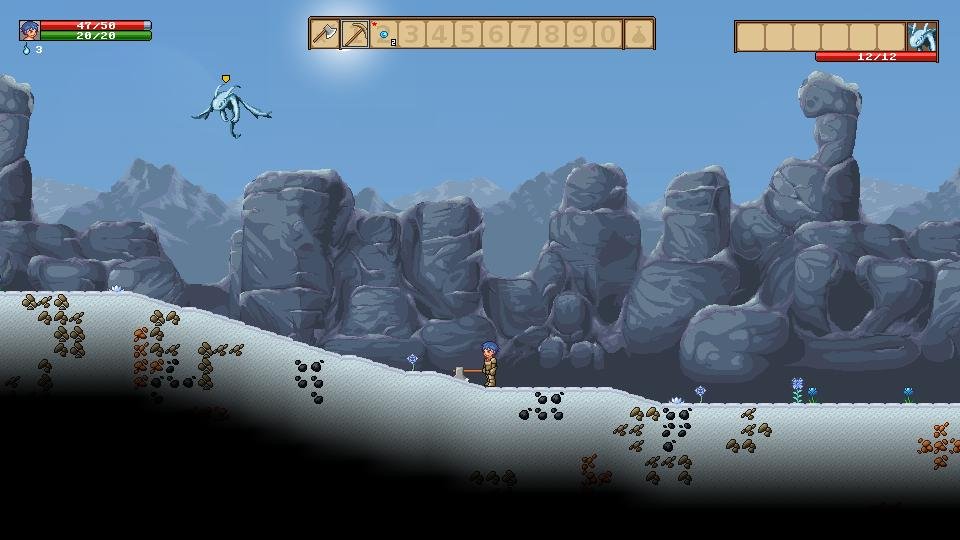

Its mission was proposed in October 1993 by Lennart Lindegren ( Lund Observatory, Lund University, Sweden) and Michael Perryman (ESA) in response to a call for proposals for ESA's Horizon Plus long-term scientific programme. The Gaia space telescope has its roots in ESA's Hipparcos mission (1989–1993). The spacecraft currently operates in a Lissajous orbit around the Sun– Earth L 2 Lagrangian point. Gaia was launched on 19 December 2013 by Arianespace using a Soyuz ST-B/ Fregat-MT rocket flying from Kourou in French Guiana.


The successor to the Hipparcos mission (operational 1989–1993), Gaia is part of ESA's Horizon 2000+ long-term scientific program. This massive stellar census will provide the basic observational data to analyze a wide range of important questions related to the origin, structure and evolutionary history of the Milky Way galaxy. The spectrophotometric measurements will provide the detailed physical properties of all stars observed, characterizing their luminosity, effective temperature, gravity and elemental composition. The Gaia mission will create a precise three-dimensional map of astronomical objects throughout the Milky Way and map their motions, which encode the origin and subsequent evolution of the Milky Way. Additionally, Gaia is expected to detect thousands to tens of thousands of Jupiter-sized exoplanets beyond the Solar System by using the astrometry method, 500,000 quasars outside our galaxy and tens of thousands of known and new asteroids and comets within the Solar System. Gaia targets objects brighter than magnitude 20 in a broad photometric band that covers the extended visual range between near-UV and near infrared such objects represent approximately 1% of the Milky Way population. As its detectors are not degrading as fast as initially expected, the mission could therefore be extended. The spacecraft has enough micro-propulsion fuel to operate until about November 2024. To study the precise position and motion of its target objects, the spacecraft monitored each of them about 70 times over the five years of the nominal mission (2014-2019), and continues to do so during its extension. The mission aims to construct by far the largest and most precise 3D space catalog ever made, totalling approximately 1 billion astronomical objects, mainly stars, but also planets, comets, asteroids and quasars, among others. The spacecraft is designed for astrometry: measuring the positions, distances and motions of stars with unprecedented precision. Gaia is a space observatory of the European Space Agency (ESA), launched in 2013 and expected to operate until 2025.


 0 kommentar(er)
0 kommentar(er)
